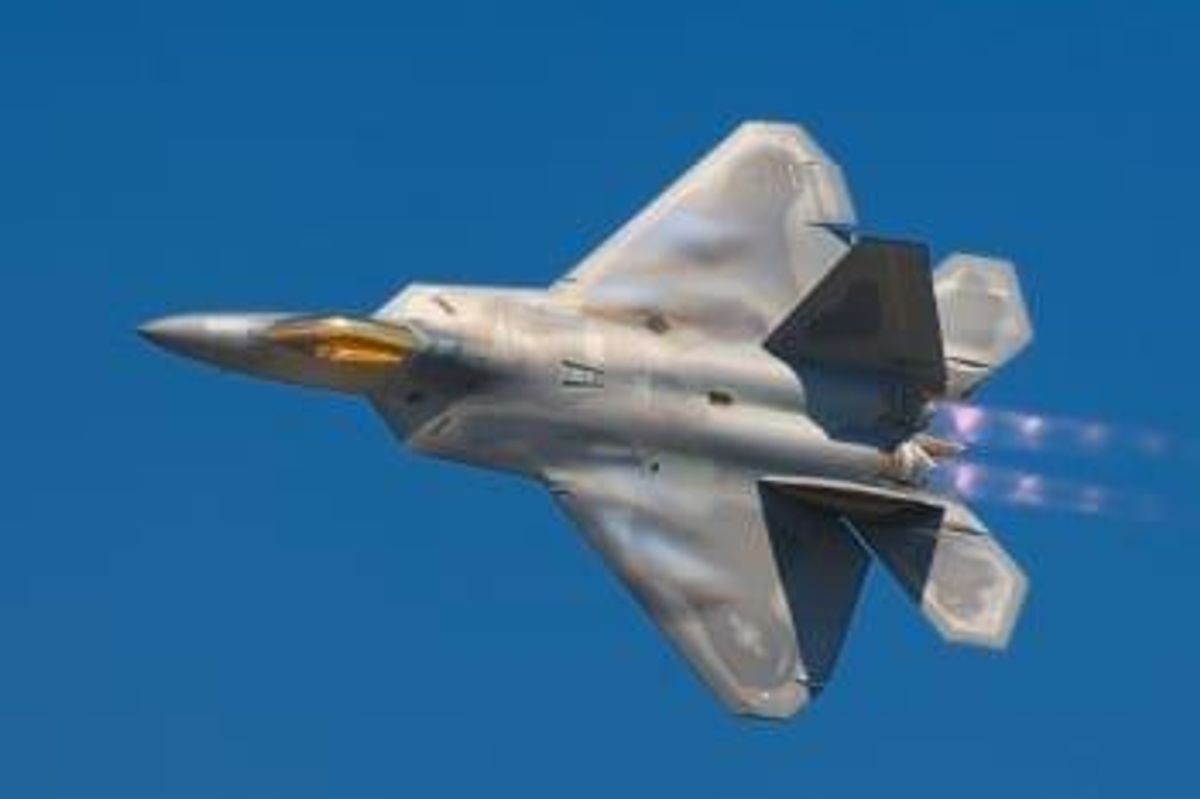
Read our picks of alternative 3D printing applications, allowing for new avenues of investing.
With their capacity to print copies of already existing objects, or completely new ones, 3D printers can be used in many industries, for a whole host of reasons. 3D printing goes hand in hand with the automobile industry, not just helping to create prototypes but to manufacture and add finishing touches to final products. There is also a lot of buzz surrounding 3D printing in the healthcare sector, as medical devices, organs and tissues are customized and printed for patients. Here we run through some of the less obvious, and most exciting, cases we researched where 3D printers are utilized to improve and innovate.
Aerospace
BAE Systems (OTCMKTS:BAESY) is a defense, aerospace and security company. They are developing the Chemputer, a chemical 3D printer, in order to print drones. This could be used to make parts for larger, manned aircraft too. Back in 2014, their fighter jets flew with 3D printed metal components, for the very first time. With the aim of saving £1.2 million by 2018 in maintenance and service costs, the portable nature of 3D printers is a bonus for BAE as they can bring production to the base, rather than having to outsource and deliver. Mike Murray, head of airframe integration, says “if it’s feasible to get machines out on the front line, it also gives improved capability where we wouldn’t traditionally have any manufacturing support.”
Athletics
Nike (NYSE:NKE) have made personalized 3D printed spikes. On partnering with HP (NYSE:HPQ), President of Nike Innovation, Tom Clarke, says “we are excited to partner with HP to accelerate and scale our existing capabilities as we continue to explore new ways to manufacture performance products to help athletes reach their full potential.” It’s not only footwear; Nike developed a cooling hood to shorten recovery time and a shin guard and sports duffle bag that are both lightweight and hardy.
Dental
ARC Group WorldWide (NASDAQ:ARCW) specialize in metal and plastic 3D printing. Included within their portfolio of companies is 3D Material Technologies. In order to support customers in the field of dentistry, they have invested in new machines that will “pioneer material development and increase efficiency.” This may only excite dentists but it should also interest investors as, at the time of writing, the stock has experienced a year’s gain of 220.42 percent.
Digital Texturing
IKONICS (NASDAQ:IKNX) have a market cap of $23.14 million and have five operating segments, including IKONICS Imaging. In a letter to shareholders, CEO William C. Ulland talks of “an exciting entry into the 3D printing market with our DTX technology.” As specialists in DTX, which stands for Digital Texturing Technologies, they take computer designs to make textured films, for final use in making molds and embossing or etching surfaces.
Education
Tinkerine’s (TSXV:TTD) flagship 3D printer, the DittoPro, is a desktop printer. Its DIY emphasis and online educational platform brings 3D printing to the masses. Indeed, as it is based in Vancouver, Canadian schoolchildren can take advantage of the technology on their doorstep to learn about design and mechanics. This fosters an ethos of creativity among the students. Tinkerine has a market cap of $6.45 million and has grown 26.32 percent year-to-date.
Whether it’s enthusing children or sending parts and people into space, 3D printing should not be underestimated. Additive manufacturing will always find new paths in a myriad of industries and investors can choose which application really excites them.
Don’t forget to follow us @INN_Technology for real-time news updates!
Securities Disclosure: I, Emma Harwood, hold no direct investment interest in any company mentioned in this article.